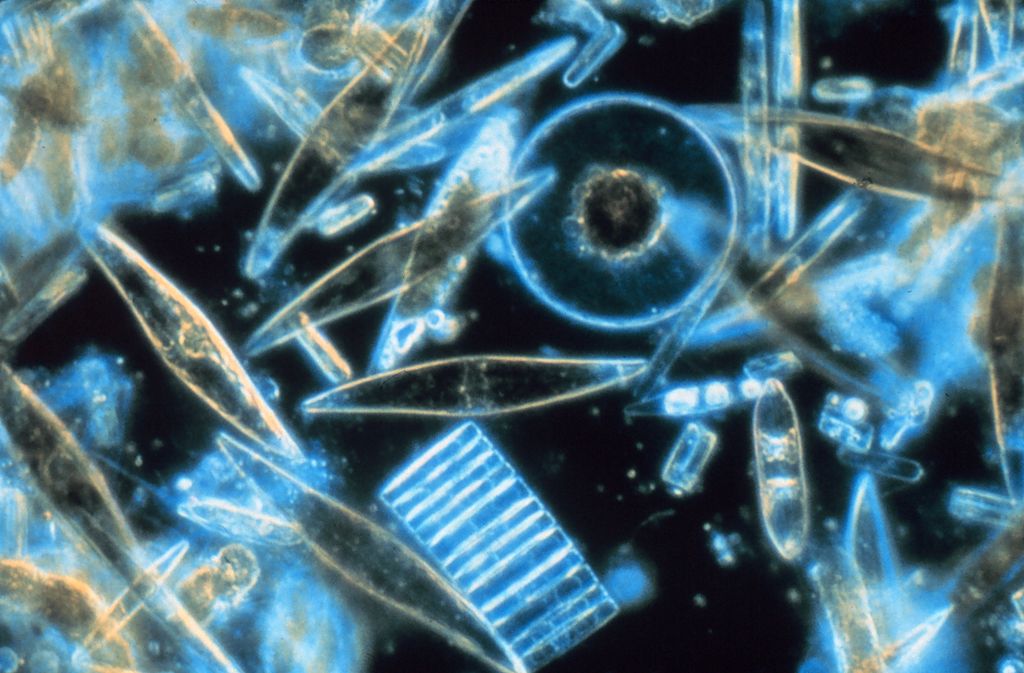
From ScienceDaily:
Unicellular diatoms are able to adapt their behavior to different external stimuli based on an evaluation of their own needs. This was discovered by scientists of the Friedrich Schiller University and the Max Planck Institute for Chemical Ecology in Jena, Germany, together with partners from Belgium. The algae depend on nutrients in order to reproduce. However, they also need sexual mates which they find when they follow pheromone traces. In experiments, Seminavis robusta diatoms directed their orientation either towards nutrient sources or mating partners, depending on the degree of starvation and the need to mate. The tiny organisms demonstrated in fact a primitive form of behavioral biology.
…
“It is striking that even unicellular organisms that obviously lack a nervous system can process different stimuli and even evaluate their individual needs. Our study showed that diatoms can adapt their behavior flexibly to environmental changes. They also responded differently depending on their need to sexually mate. We observed that the diatoms moved towards pheromones or food sources depending on how hungry they were for sex or nutrients. Until now, this kind of decision-making has only been attributed to higher organisms,” study leader Georg Pohnert summarizes the results.
The decision of one diatom does not only determine the fate of a single cell. Moreover, it is crucial for the dynamics of biofilms which is composed of communities of countless diatoms. Using mathematical models, the researchers calculated interactions between cell density and the availability of nutrients (silicate minerals) and mating partners (pheromones). Based on these results, the scientists are able to better explain how biofilms are organized and why they are often patchy and show certain patterns.
The scientist would now like to find out how the single-cell organisms perceive, process and evaluate chemical signals. “Our goal is to identify the corresponding receptors and signal processing pathways, but this will be a very complex endeavor given the fact that we know so little about these important micoralagae,” says Georg Pohnert.Paper. (open access) – Karen Grace V. Bondoc, Christine Lembke, Stefan N. Lang, Sebastian Germerodt, Stefan Schuster, Wim Vyverman, Georg Pohnert. Decision-making of the benthic diatom Seminavis robusta searching for inorganic nutrients and pheromones. The ISME Journal, 2018; DOI: 10.1038/s41396-018-0299-2 More.
Do diatoms (single-celled algae) have a “brain”? A point of view? A self?
And, because we are here anyway, what about the finding that even cells in a multicellular life form can show “purposeful inefficiency”? Or that such cells may use passwords? The tendency to try to go on living would seem to be a design feature of life itself (th0ugh it’s not clear from the accounts that the cells that are part of an organism must make decisions, as opposed to unfolding intricate patterns).
One can assume either that all these organisms and parts thereof are individually intelligent or that there is a mind underlying nature.
Follow UD News at Twitter!
See also: Does intelligence depend on a specific type of brain?
and
Animal minds: In search of the minimal self